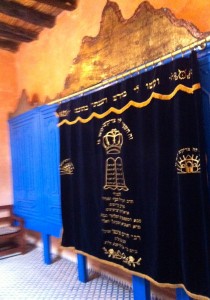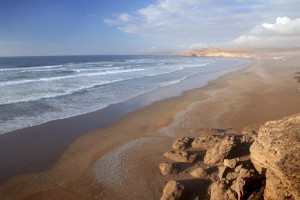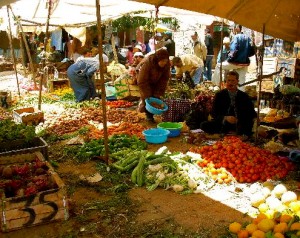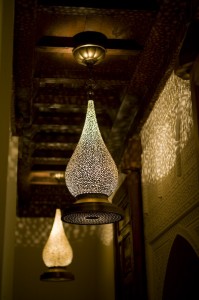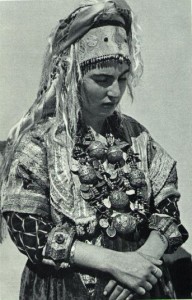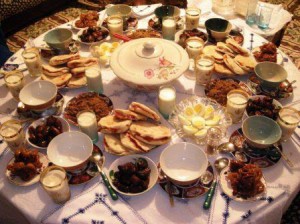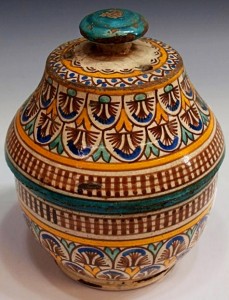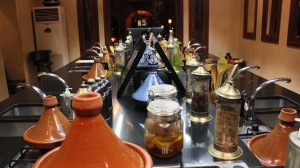Essaouira’s Jewish Heritage, Your Morocco Tour Guide
In the new Moroccan constitution adopted in 2011 in the context of the Arab Spring , His Majesty King Mohammed VI reaffirmed the “Hebrew distinctive characteristic” of Morocco as ” one of the age-old pieces ” of “its national identity”” and he called for “the restoration of all the Jewish…

